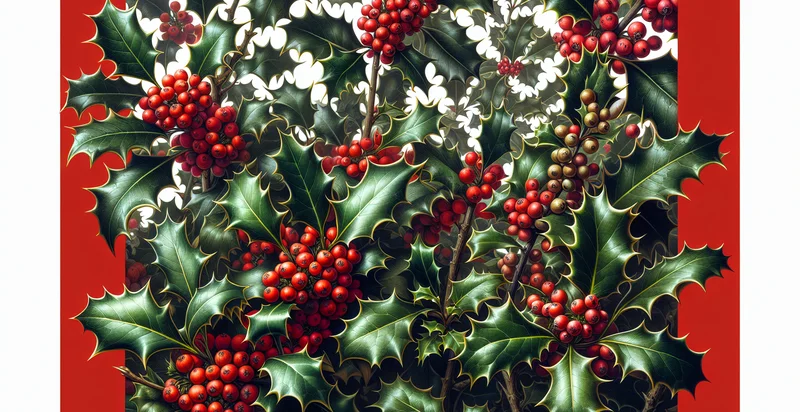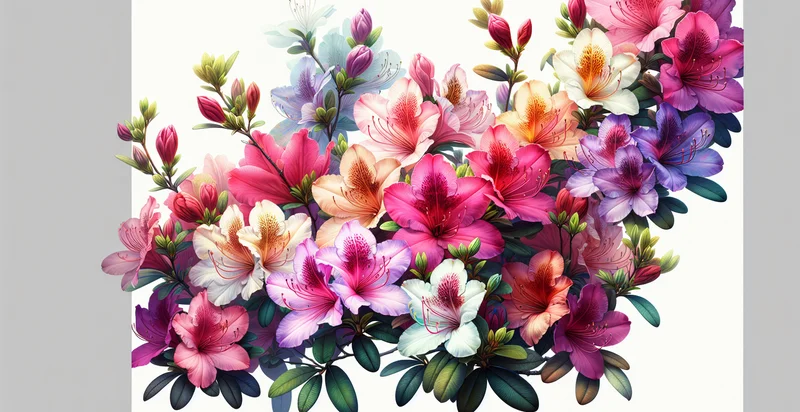Identify holly species
using AI
Below is a free classifier to identify holly species. Just upload your image, and our AI will predict what species of holly it is - in just seconds.

Contact us for API access
Or, use Nyckel to build highly-accurate custom classifiers in just minutes. No PhD required.
Get started
import nyckel
credentials = nyckel.Credentials("YOUR_CLIENT_ID", "YOUR_CLIENT_SECRET")
nyckel.invoke("holly-species", "your_image_url", credentials)
fetch('https://www.nyckel.com/v1/functions/holly-species/invoke', {
method: 'POST',
headers: {
'Authorization': 'Bearer ' + 'YOUR_BEARER_TOKEN',
'Content-Type': 'application/json',
},
body: JSON.stringify(
{"data": "your_image_url"}
)
})
.then(response => response.json())
.then(data => console.log(data));
curl -X POST \
-H "Content-Type: application/json" \
-H "Authorization: Bearer YOUR_BEARER_TOKEN" \
-d '{"data": "your_image_url"}' \
https://www.nyckel.com/v1/functions/holly-species/invoke
How this classifier works
To start, upload your image. Our AI tool will then predict what species of holly it is.
This pretrained image model uses a Nyckel-created dataset and has 20 labels, including Ilex 'Blue Prince', Ilex 'Blue Princess', Ilex 'Dragon Lady', Ilex 'Nellie R. Stevens', Ilex 'Oak Leaf', Ilex 'Savannah', Ilex Aquifolium, Ilex Aquifolium Var. Aquifolium, Ilex Aquifolium Var. Argentea and Ilex Cassine.
We'll also show a confidence score (the higher the number, the more confident the AI model is around what species of holly it is).
Whether you're just curious or building holly species detection into your application, we hope our classifier proves helpful.
Related Classifiers
Need to identify holly species at scale?
Get API or Zapier access to this classifier for free. It's perfect for:
- Botanical Research Support: The holly species identifier can assist botanists and researchers in accurately classifying different holly species during field studies. By leveraging image classification, researchers can quickly analyze and categorize samples, significantly speeding up their research process.
- Environmental Monitoring: Environmentalists can use the holly species identifier to monitor local ecosystems and assess biodiversity. Accurate identification helps in studying the effects of climate change and habitat loss on holly populations and their role in ecosystems.
- Commercial Nursery Operations: Nurseries and garden centers can implement the holly species identifier to improve inventory management and customer service. By automatically classifying holly plants, staff can ensure proper labeling and provide tailored gardening advice to customers.
- Educational Tools: Educational institutions can integrate the holly species identifier into biology and environmental science curriculums. Students can use the tool to identify holly species during field trips, enhancing their practical learning experience and engagement with botany.
- Conservation Efforts: Conservation organizations can utilize the identifier to track the prevalence of various holly species in specific regions. This data can help inform conservation strategies and prioritize areas for protection based on species distribution.
- Landscape Design: Landscape architects can benefit from the holly species identifier by ensuring the proper selection and placement of holly plants in design projects. The tool can help identify ideal species for specific climates or aesthetic requirements, leading to more sustainable landscaping solutions.
- App Development: Mobile app developers focused on gardening or plant identification can integrate the holly species identifier to enhance user experience. This feature can provide amateur botanists and gardening enthusiasts with instant identification, fostering a community of knowledgeable plant enthusiasts.


